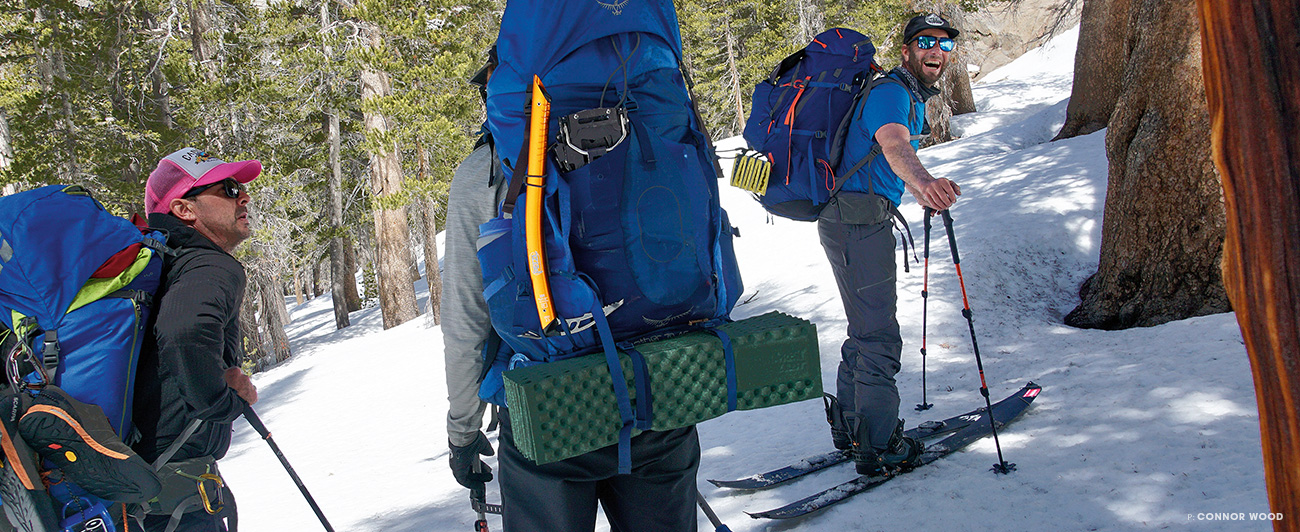Locale
Yosemite Toads
The Yosemite Toad and Invisible Mountains of the Sierra Nevada
It took a day and a half to reach the first gateway, a 12,000-foot pass in the Eastern Sierra. Having traveled 13 miles and 5,900 vertical feet with 50-pound packs, it was the point of no return. If we dropped west into the desolate heart of California’s High Sierra, we’d be locked into at least another three days of arduous travel along an uncertain route. The wind picked up; a late-afternoon storm blotted the sun. It was the beginning of April and the mountains were in a time of transition. We dropped westward. The walls of the valley swallowed the distant peaks as we descended and from the far side of the pass it felt like we’d burned a bridge. But ahead lay another gateway, one that guarded the exit.
The winding route and excessively heavy packs were both my doing. We were connecting known and suspected breeding areas of the Yosemite toad, a secretive creature that lives only in the central Sierra Nevada. The toad’s populations are declining, but where and by how much is poorly understood. The adult toads are best surveyed during their brief annual breeding period right at snowmelt, when they converge on high-elevation meadows to trill their mating calls, breed, lay eggs and then vanish until winter snows force them into hibernation. This is an inconvenient lifestyle from the perspective of wildlife ecologists like me because it’s impossible to visit more than a tiny fraction of Sierra Nevada meadows at snowmelt for a toad census…
Subscribe to start your collection of The Snowboarder’s Journal.
